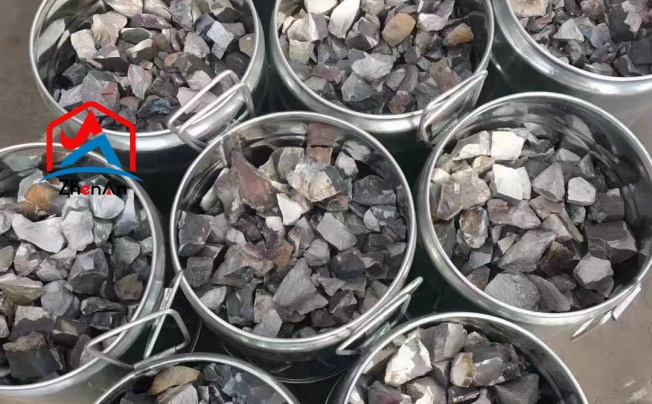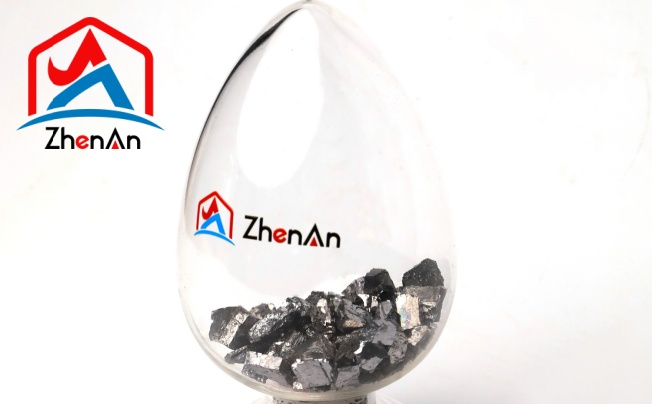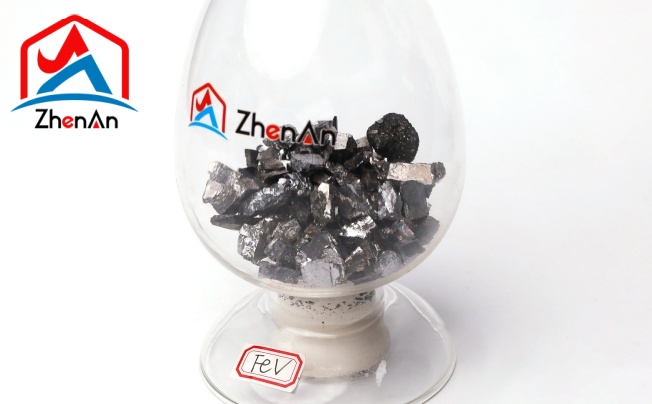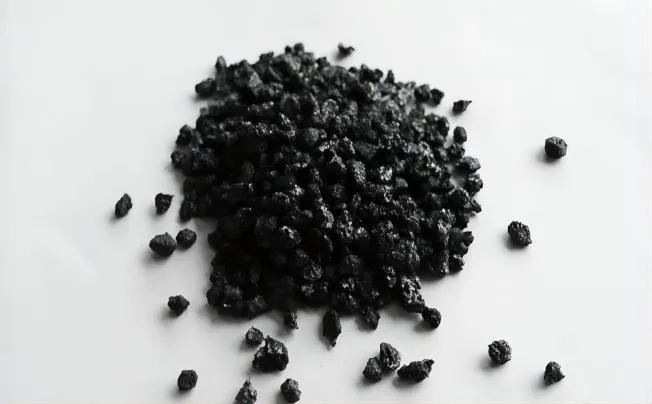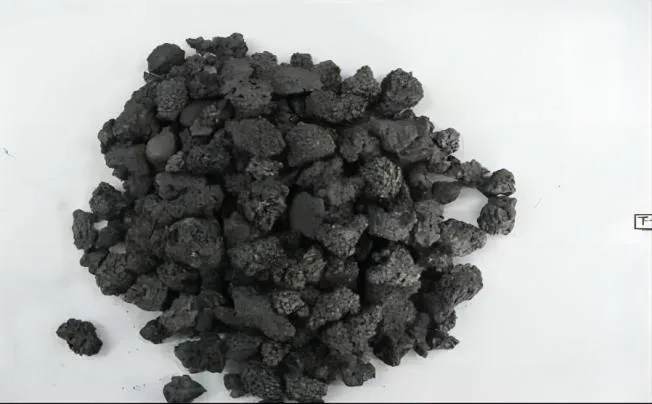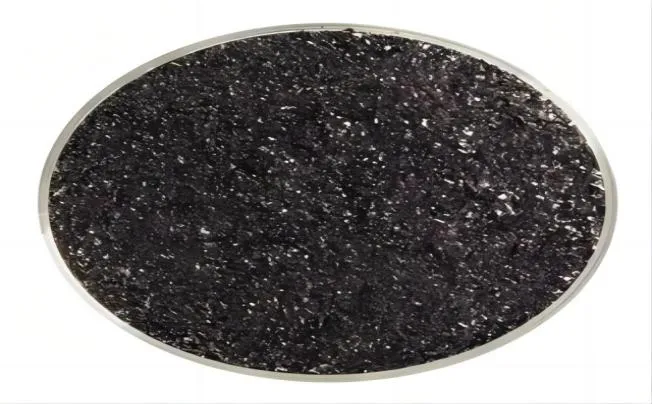What is Graphite Petroleum Coke?
One product that uses calcined petroleum coke as a raw material is graphitized petroleum coke carburizing agent. Petroleum coke that has been calcined is put in a graphitization furnace, where it is subjected to high temperatures, physical and chemical reactions, and other processes that eliminate impurities like ash and sulfur. When used as a carburizer, it is frequently referred to as an ultra-low sulfur/low-nitrogen carburizer. It is also sometimes known as an artificial graphite that is carburized.
How Do You Make Graphite From Petroleum Coke?
Petroleum coke can be converted into graphite using a variety of methods. The following are a few steps in the production process:
Calcination: In a controlled setting, petroleum coke is heated to high temperatures (usually above 1,200 degrees Celsius) to generate calcined petroleum coke.
Graphitization: Graphitization is the process of converting carbon to graphite. Although it can be made economically, graphite is mostly extracted from petroleum coke. Coke is crushed into a powder as a result of the destructive distillation of coal. After that, the powder is heated to extremely high temperatures—3,630 degrees Celsius—in an airless furnace in order to purge impurities and turn carbon into graphite.
What Separates Calcined Petroleum Coke (CPC) from Graphite Petroleum Coke (GPC)?
Carbonaceous materials such as graphite petroleum coke (GPC) and calcined petroleum coke (CPC) are utilized in a variety of industries. Although there are many parallels between the two, there are also significant variations.
- Definition and Method of Production:
GPC, or graphite petroleum coke, is a byproduct of the refining of oil. It is made from the residue that remains after crude oil is distilled. The method of high-temperature graphitization, which involves heating raw coke to high temperatures in order to eliminate impurities and enhance its carbon content, is usually used to create GPC.
CPC, or calcined petroleum coke, is another byproduct of the refining of oil. It is made by heating unprocessed petroleum coke to a high temperature in order to evaporate moisture and volatile materials. The raw coke is converted throughout the calcination process into a substance with a greater carbon content that is utilized in a variety of ways.
- Carbon Content: GPC (Graphite Petroleum Coke): GPC is comparatively lower in carbon than CPC. Its carbon content usually ranges from 98% to 99%.
Calcined Petroleum Coke (CPC): CPC has more carbon than GPC. Its carbon content usually ranges from 97% to 99.5%.
- Uses:
Graphite Petroleum Coke (GPC): GPC is mostly utilized in the foundry and steel sectors as a carbon addition. It is used in steel and cast iron goods to increase their carbon content and quality. Graphite electrodes, which are utilized in electric arc furnaces to produce steel, are also produced using GPC.
Calcined Petroleum Coke (CPC): CPC is used in a lot of different ways. Its main application in the aluminium smelting industry is as a carbon anode. Moreover, titanium dioxide, graphite electrodes, and other carbon-based products are produced using CPC as a carbon additive. In furnaces, CPC is also utilized as a fuel-grade coke in cases where the green coke’s metal concentration is too high.
- Expense Factors:
GPC, or graphite petroleum coke, is typically more costly than CPC. However, because of its higher carbon content and superior performance in some applications, GPC is frequently thought to be more cost-effective when it comes to overall use costs.
Calcined Petroleum Coke (CPC): In comparison to GPC, CPC is comparatively less costly. Because of its affordability and versatility, it is extensively available and utilized in a variety of sectors.
What is Graphite Petroleum Coke Used For?
Because of its special qualities, graphite petroleum coke (GPC) is employed in many different sectors.
- Steelmaking and Foundry Industries: Cast iron and steel are produced using GPC as a carbon addition. It contributes to raising the carbon content and quality of these materials, which increases their robustness and endurance.
- Graphite Electrodes: Graphite electrodes are produced using GPC as a primary raw material and are utilized in electric arc furnaces for the manufacturing of steel. Electrodes made of graphite can carry electricity and produce the heat needed to refine and melt steel.
- Friction Materials: Brake pads and linings are examples of materials that are produced using GPC. It offers the lubricating qualities and carbon content required to improve these materials’ performance and longevity.
- Electrical Carbons: GPC is utilized in the production of brushes and contacts, among other electrical carbons. These carbons are utilized in many different electrical applications, including electrical equipment, generators, and motors.
- Fuel Cell Bi-Polar Plates: GPC is used in the manufacturing of fuel cell bipolar plates. The fuel cell’s electrochemical reactions are aided by these plates, which makes it possible to transform chemical energy into electrical energy.
- Coatings and Corrosion goods: Because of its high carbon content and chemical stability, GPC is utilized in coatings and corrosion goods. It improves the longevity of coated surfaces and offers corrosion protection.
- Drilling Applications: GPC finds application in the oil and gas sector in particular. In order to improve lubrication and lower friction during drilling operations, it is added to drilling fluids.




